Throughout our stay, DC has often graced us with what Blake Ormond likes to call a “Florida morning.” As I understand from her explanation, a “Florida morning” is when there is enough chill in the air that you need a coat when you first step outside, but the sun is shining in a certain way that lets you know it’ll warm up to be a balmy afternoon. Bonus points if the sky is a clear, bright blue.
It was a true Florida morning when I set off on my own to explore the Phillips Collection. I say this not because it is relevant, but simply to establish the full idyllicism of the day. What is the temperature in Minnesota again?

The Phillips Collection is housed in a renovated Georgian Revival house near DuPont Circle
The Phillips Collection markets itself as “America’s first museum of modern art.” Unlike most of the museums we’ve visited, the Phillips Collection is private and isn’t on the Mall. In 1921, Duncan Phillips founded the museum as a memorial to his recently deceased father and brother. Their mission statement is: “The Phillips Collection is an exceptional collection of modern and contemporary art in a dynamic environment for collaboration, innovation, engagement with the world, scholarship, and new forms of public participation.” After hearing so many mission statements this month, I think it’s interesting that they chose to say “the Phillips is … ” rather than “the Phillips hopes to be …” or “intends to accomplish … ”. By simply describing how the museum identifies itself, how can the mission statement function as a goal or motivating principle? On the other hand, if the Phillips really is all that it claims to be, should I not be content to have it fill its niche and fill it well?
I was initially drawn to the Phillips Collection by the title of their temporary exhibit: “The Intimate Poetry of Everyday Life.” Although I don’t think I could have put my finger on it beforehand, I immediately felt like the phrase spoke to one of my favorite things about art- its ability to capture the beauty and nuance of simple parts of the human experience. The special exhibition featured the Nabi collection donated by Vicki and Roger Sant. The Nabis were a group of french painters that lived and worked in community between the 1880s and 1910s. Founded by Paul Sérusier and inspired by Paul Gaugin’s synthetism, the “cult-like” group was diverse in style and subject, but many utilized “patches of color and bold contours.” They also shared a uniting conviction about the mystical power of art; their mantra was “sounds, colors, and words have a miraculously expressive power beyond all representation and even beyond the literal meaning of the words.”
The works in the exhibit were mostly ordinary scenes of small human interactions and household images, elevated by the richness and abstraction of the style. Of all the art exhibits we visited, this gallery was possibly the highest concentration of paintings that I found both beautiful and touching. There is something inherently democratic about art that glorifies and immortalizes the fleeting moments everyday people.
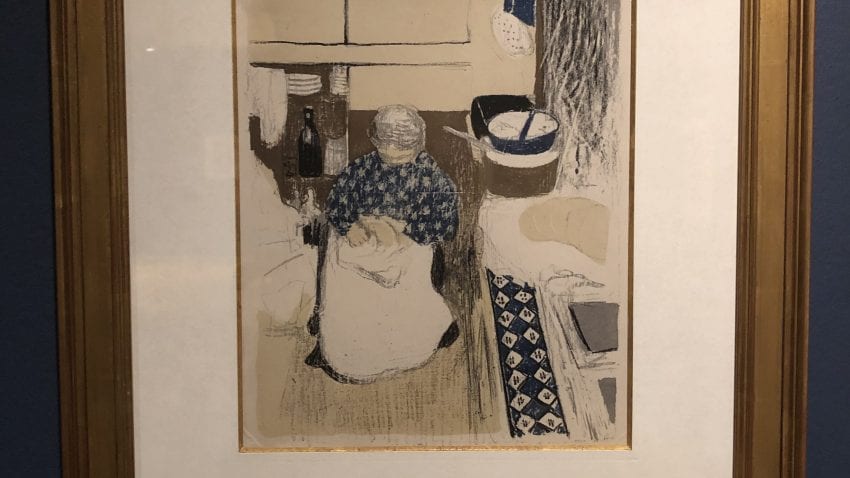
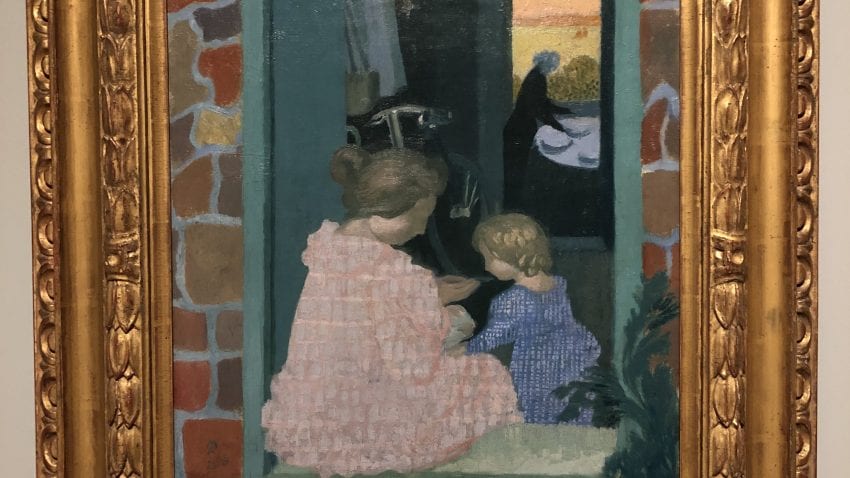
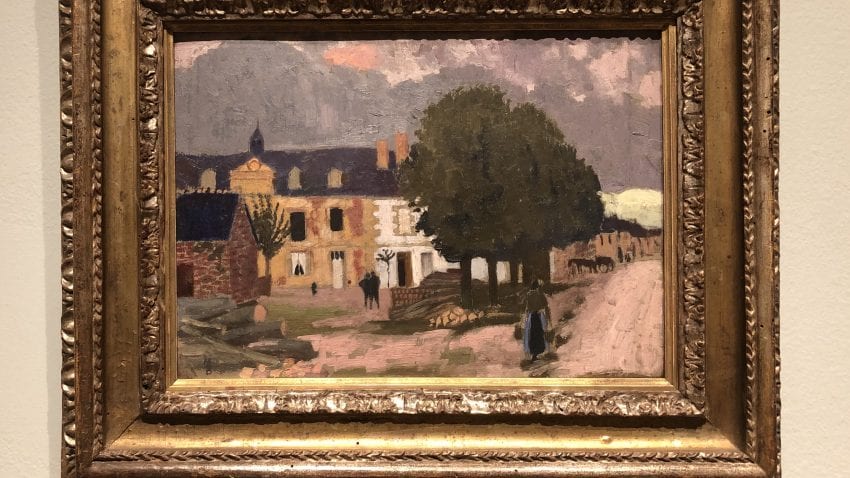
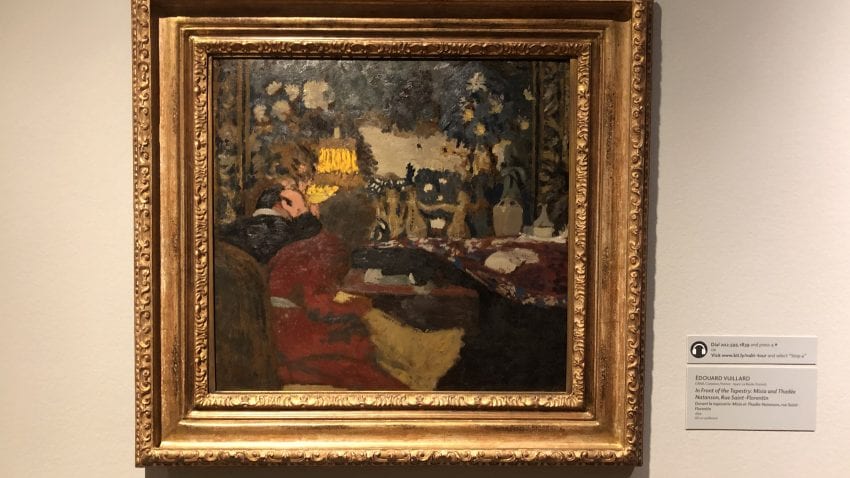

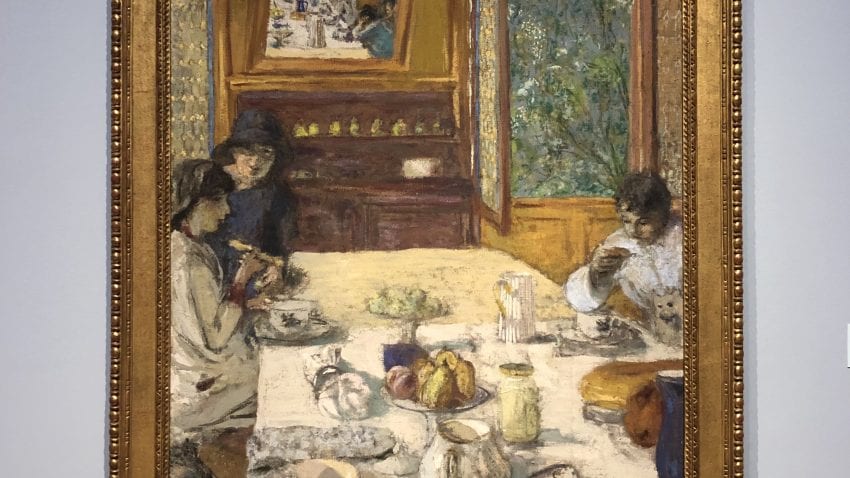
The rest of the museum was also enjoyable. It was fairly empty, so I got to take my time meandering through rooms of Van Gogh, Cézanne, Mondrian, Matisse, Rothko, and many artists I had never heard of. As the museum is located in a repurposed Georgian Revival house, it was fun to see such well known names on the walls of a living room rather than a marble hall. Personally, I found the space cozy and the morning relaxing, but some of the other students in our group who visited the museum had less positive experiences. Some reported feeling intimidated and distrusted because the security guards followed them so closely.
I should also note that the staff I interacted with when getting my gallery pass were decidedly less welcoming than some of the other people we’ve met with. Perhaps I only noticed because I’ve been spoiled by the privilege of private meetings and pre-arranged tours that we’ve all gotten used to over the course of this class, but the man at the ticket counter seemed surprised and confused that I, a young person, was there of my own accord. Bolstered by my Florida morning, I was not to be deterred, but it’s not hard to imagine that one could have been discouraged by the sense that the museum was not a space intended for them.
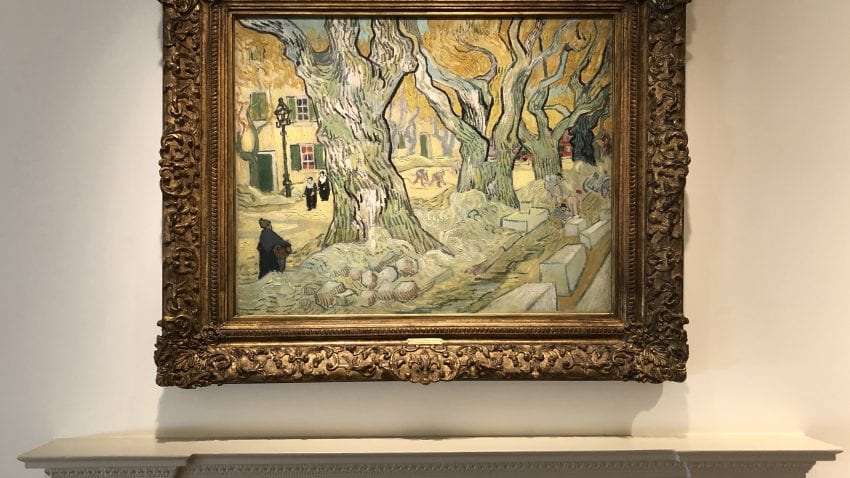
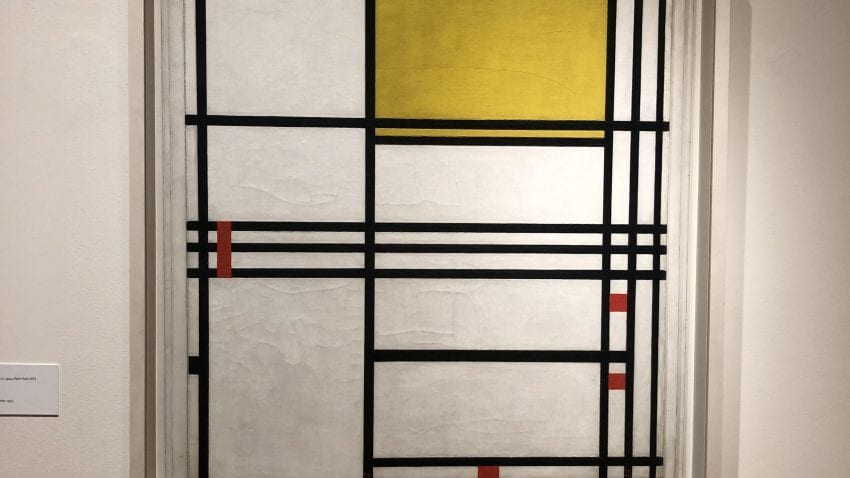
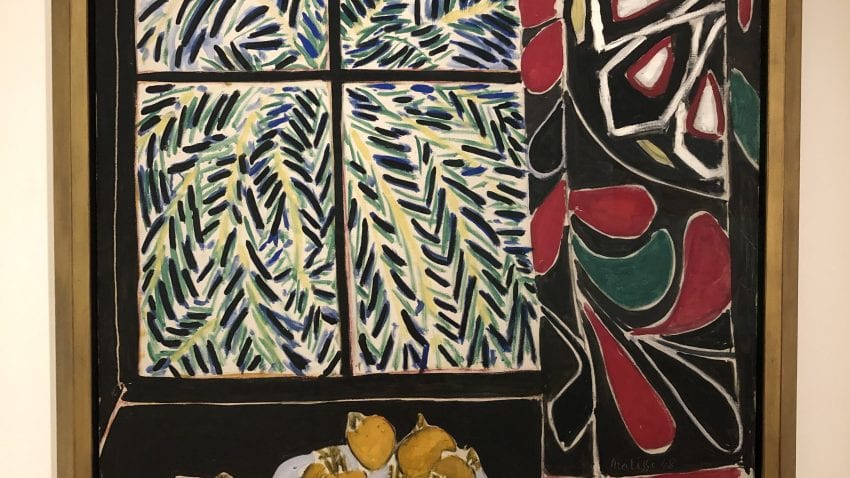

I left the museum feeling pleasantly saturated by impressionism, but after hearing other institutions describe the bevy of ways they try to make art accessible, I would have said inclusivity was less of a priority for the Phillips. During my research for this blog, it was my turn to be surprised and confused when I found ample evidence of their commitment to diversity and inclusion on their website. In a statement on their page, “How the Phillips Collection is diversifying the art world,” Dorothy Kosinski, museum director and CEO, writes about her acknowledgement of the dominance of white men in arts leadership. In response, she appointed Makeba Clay in the new position of Chief Diversity Officer and planned to establish paid fellowships to remove financial barriers for young professionals. In 2013, the museum adopted a formalized intention to acquire works by artists from under-represented groups. The Phillips Collection also has a partnership with THEARC, an arts education community center in Southeast DC. There they have a satellite gallery and they provide free, wellness-driven arts activities for seniors, caregivers, and children.
My experience at the Phillips was a reminder that within the critical and evaluative role this class has asked us all to play, it is crucial to get as much information as possible before coming to a conclusion. Organizations do a lot of good work that is not immediately visible. However, it is also important for institutions to remember that saying they believe in inclusivity and creating an inclusive environment are not one in the same. While the Phillips seems to be doing wonderful work at THEARC, their message is somewhat subverted if they are still reserving the more traditional “high art” part of the institution for the upper class.
One thing that Louis and Alyssa have been very conscious of is reminding us that no institution can be everything we want it to be. I’m certainly still learning to find the balance between assuming best intentions and holding inequities accountable. In this case, I think that being a responsible consumer of art means being grateful for the lovely morning the Phillips gave me while also recognizing that many people would not have been given the same experience.
Works Cited:
https://www.phillipscollection.org/
https://www.phillipscollection.org/thearc
https://www.theartstory.org/movement/les-nabis/
https://www.tate.org.uk/art/art-terms/n/nabis
